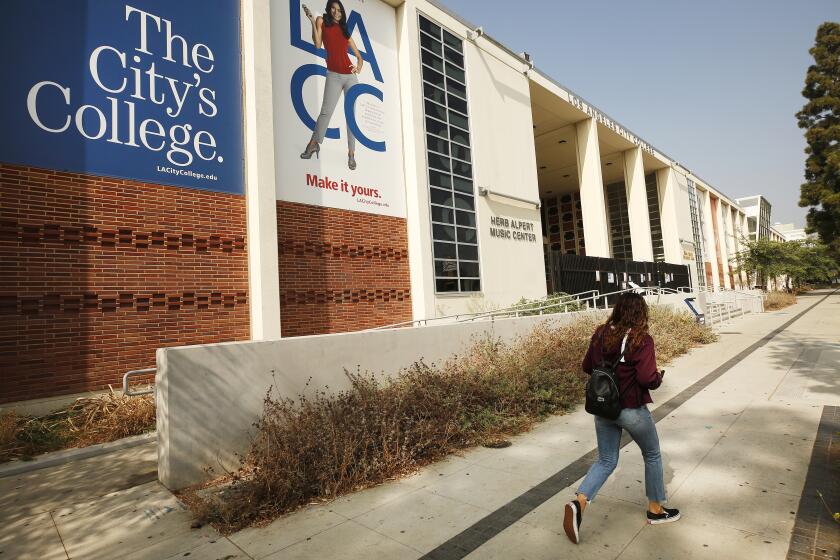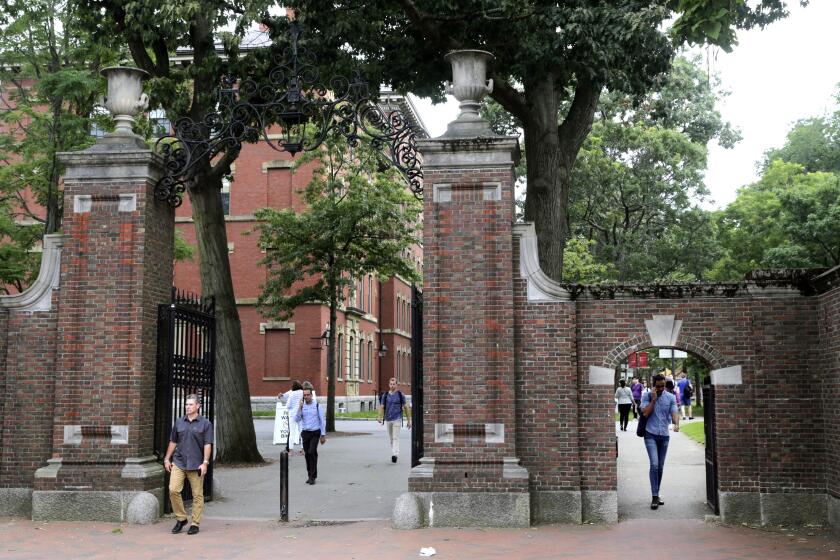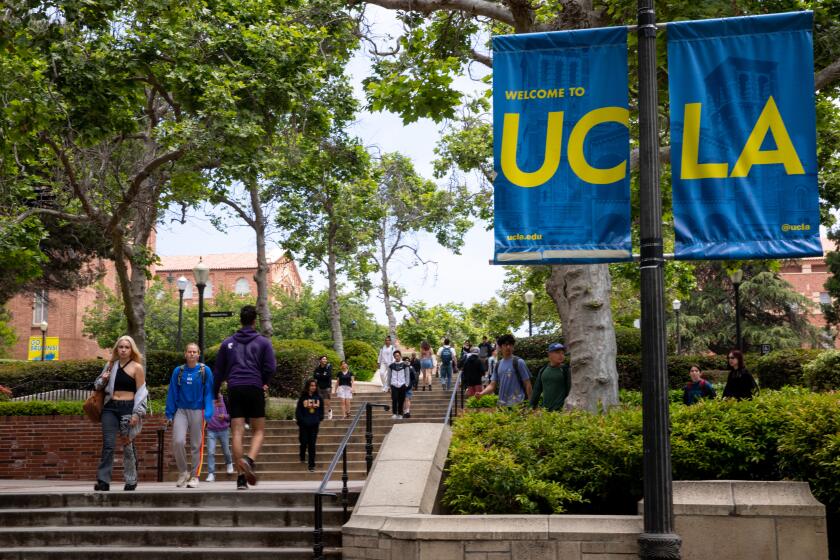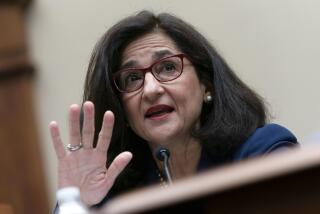Opinion: Why are so many college presidents resigning?

- Share via
It’s hardly news by now that college presidencies are not what they used to be. The change is the result of factors as diverse as the institutions they lead. Yet despite the differences, certain similarities emerge among all college presidents.
First and foremost is their need to keep money flowing into their institutions’ coffers. As long as they do, they’ll hold onto their jobs. A series of recent resignations confirms that the truth is almost always found by following the money trail.
When an independent review of his research found that it fell below the standards of scientific rigor, Marc Tessier-Lavigne promptly announced that he would resign as president of Stanford University, a post he has held since 2016.
Using a college degree to earn a higher salary and climb ladders of economic mobility is not as easy as it once was.
Even his defenders mostly don’t question the work done by a panel that reviewed more than 50,000 documents, leading to an 89-page report. It was thorough and unbiased. But what is hard to swallow is the reason that Tessier-Lavigne gave for his decision.
He said the report calls into serious question his ability to lead Stanford into the new academic year. Wait — he was cleared of fraud, so why does he somehow feel incapable of staying on as president? The presidency is strictly an administrative position that’s pretty far removed from research. If anything, he might have resigned from his other post, as a professor of biology, given that role’s proximity to research. But so far, he hasn’t said he will relinquish that post.
Could it be that the real reason is the effect the report will most certainly have on fundraising?
Schools must increase diversity among faculty. This can lead to higher retention rates for minority students and positively influence the full student body.
That’s highly likely in light of the reasons for other college presidential resignations over the last few years. USC and the University of Rochester are cases in point. What they demonstrate makes Tessier-Lavigne’s decision all the more predictable. In both cases, the presidents stepped down because of their failure to maintain an atmosphere in which all students felt free from sexual harassment — not because of research flaws.
USC made larger headlines because of a series of scandals. One involved a longtime gynecologist at its health center who had abused female students for decades. The other involved the former dean of its medical school, who used drugs and partied with prostitutes.
At the University of Rochester, a 207-page report by an outside investigator found that allegations of sexual harassment were “exaggerated and misleading in many respects.” Nevertheless, the president announced his resignation even before seeing the report.
A former USC lecturer says parents often explained how their children were the first to go to college, and he still hears from minority students about their success.
At Stanford, Tessier-Lavigne took less than a week to do so.
Few college presidents oversee a campus that is totally free of complaints. So why do they so quickly announce their resignations when certain issues bubble up? It happens even when there’s no apparent legal liability attached to the school.
In the final analysis, the answer is that the issues are too volatile for the public — and donors — to ignore until a plausible change has been made. When the universities involved are private, the financial support from alumni is crucial. Graduates are willing to cut them some slack over research flaws but not over sexual and racial issues.
Now that the Supreme Court has struck down affirmative action, elite schools should recruit from a neglected pipeline: transfer students from community colleges.
The latter was on display in July when the president of Texas A&M University resigned after a controversy over attempts to hire a prominent Black professor to jump-start the school’s journalism program. As a public university, it is highly sensitive to events with the potential to play poorly in the state Legislature. That’s particularly true in Texas, with its Republican-dominated body that has a history of targeting public education. Although Katherine Banks, A&M’s outgoing president, said in her resignation letter that “negative press has become a distraction,” what she surely meant is that if she stuck around, the controversy would result in reduced funding from the state.
No matter what the issue, college presidencies these days are bound to be short-lived. That’s because students are seen first and foremost as customers who must be catered to for their tuition dollars. Despite the high-blown rhetoric about developing critical thinkers, the No. 1 goal is to keep the money flowing. As long as presidents can do that, they’ll weather any storm. When they can’t, they’re out.
Walt Gardner was a lecturer in the UCLA Graduate School of Education.
More to Read
A cure for the common opinion
Get thought-provoking perspectives with our weekly newsletter.
You may occasionally receive promotional content from the Los Angeles Times.













